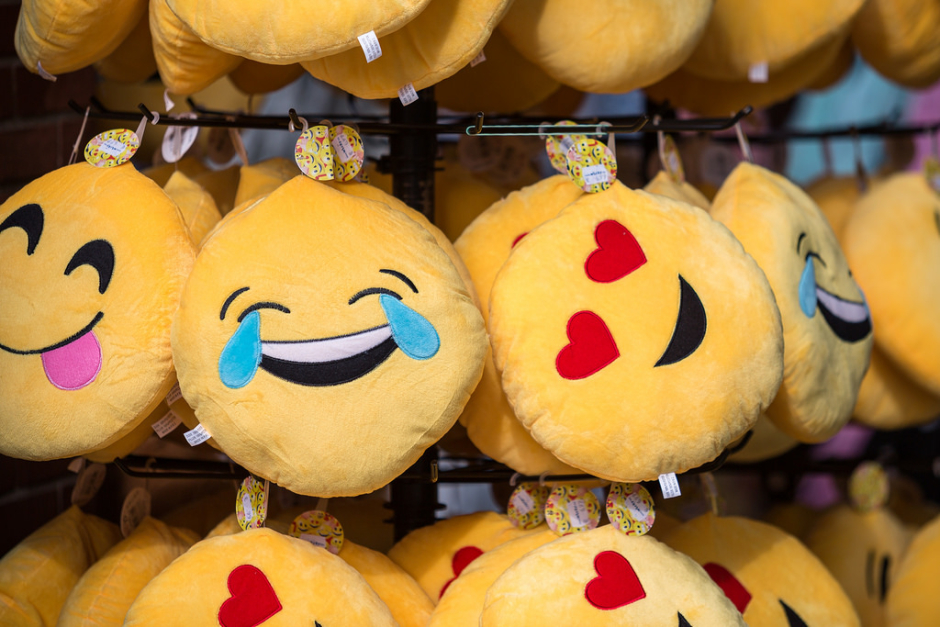Research findings on the most used emojis during the Ramadan have been published. The researcher, Hamdan Azhar, is focused on analyzing the use of emojis across different languages, cultures, and countries.
The world is fast taking up emojis as one of the major languages. Unlike languages with characters, letters, and figures, emojis can be understood across all ethnic and cultural backgrounds. To assess the growth and emojis, a study was carried out using about 35,000 tweets about the topic of Ramadan. The study focused on nine major languages namely Arabic, English, Urdu, Indonesian, Farsi, Turkish, German, French and Spanish.

The findings include the following:
- The most used emoji in the Farsi, Urdu and Arabic tweets was the crescent moon. In Turkish and English tweets, the crescent moon came in second place. The crescent moon was so used with the #Ramadan that the platform appends it to the crescent moon when writing a tweet.
- In Turkish, English, Spanish and German, the red heart emoji takes the leading position as the most used emoji. Others mostly used the heart eyes, the green heart, the blue heart, and the two hearts.
- In French and Farsi, the praying hands emoji was the most used from the time the Ramadan began.
- While most of the emojis used depicted unity and the power of fasting, the crying face emoji found its way into the top ten list of the most used emojis in French English and German. This emoji is used in relation to the difficulties in fasting and evening prayers. However, it was used on a light note.


The praying hands emoji may be a topic of discussion over its actual meaning. While some take it to mean a person praying, others have stated that it is a sign of respect (like in the Japanese culture) or even pleading.











